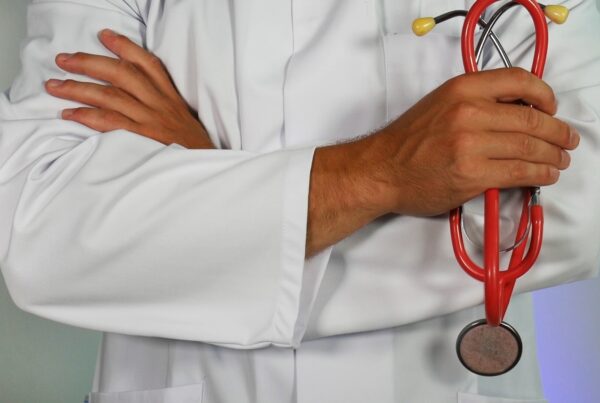
Featured article: Colon cancer screening should start at 45, government panel recommends
October 29, 2020
Featured article: Colon cancer screening should start at 45, government panel recommends
Colon cancer screening guidelines are changing, and starting screenings earlier will help save lives. Gastro…






Recent Comments